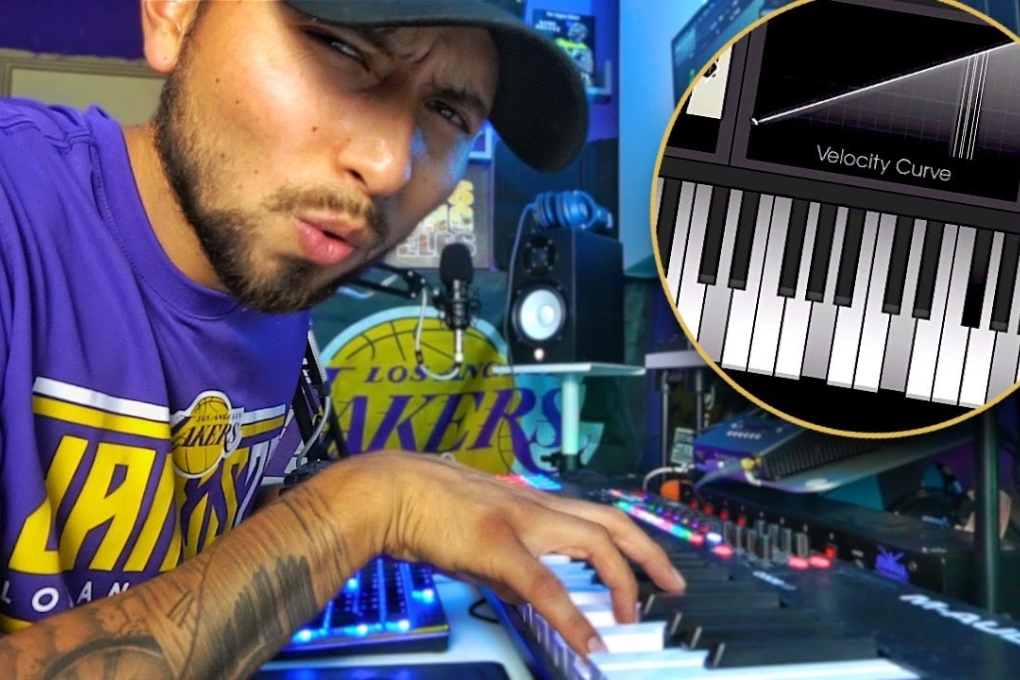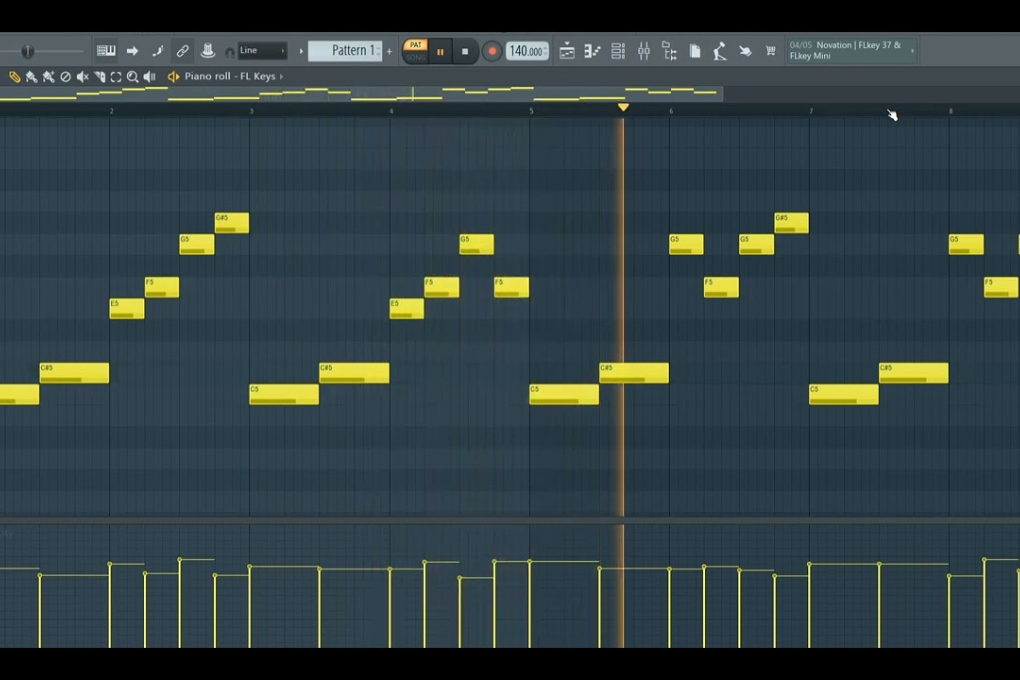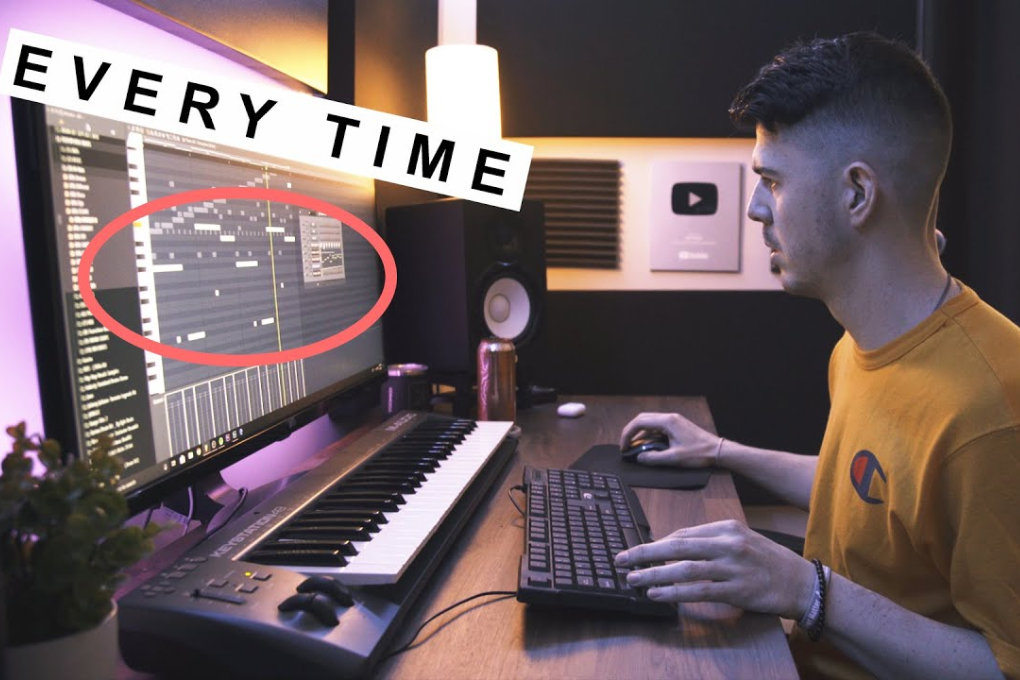
Dark trap music is known for its heavy basslines, eerie vibes, and dark ambiance. By adding piano melodies to dark trap instrumentals, a unique contrast can be created, blending elegance with intensity. Here is a straightforward guide that can help you incorporate piano melodies into your dark trap beats.
Start With a Melody
When adding piano to dark trap music, keep its melodies straightforward. Complicated melodies may clash with heavy bass and percussion elements. Minor scales create a dark yet emotional ambiance—try playing notes in A minor or C minor to achieve this effect; these scales fit naturally with dark trap music’s atmosphere.

Use Low Octaves
Pianos sound darker when played at lower octaves. To achieve a deep, brooding vibe that fits the dark trap, play melodies in the lower register of the piano to match its depth and sound quality. This will enable it to blend perfectly with bass and 808s; high-pitched notes might sound out of place or sound too bright and discordant.
Layer with Reverb and Delay Effect
Add reverb and delay effects to create an atmospheric piano piece by creating the sense that its sounds are echoing through an empty room, while delay adds a repeating echo which enhances drama in melodies. Experiment with different settings until you find one that suits your desired result.
Your Piano Melody Should Complement the Beat
A piano melody should complement the rhythm of any track it appears on. Take a close listen to drum patterns and basslines, and align piano notes with kicks and snares so they feel organic within an instrumental. For instance, if kick hits on beat 1, try beginning your melody at that exact same point in time.

Make It Sparse
In a dark trap, less is often more. Avoid overcrowding the track with too many piano notes; leave space between notes so other elements like bass and drums can shine through. A sparse melody can add tension and atmosphere to the track.
Add Variations
To keep the melody captivating and keep listeners interested, add subtle variations by altering notes or rhythms at different parts of the track. For instance, try switching up how simple or intricate the melody is played during verses and chorus. This keeps listeners engaged and will add dynamics.

Exploring Chords Chords can add depth to a piano melody by layering minor chords that give off a dark feel—try playing A minor, F major, and C major chords together as part of an A minor progression, F major progression, etc.—while keeping their volume soft so as not to overwhelm the melody.
Blend with Other Instruments
The piano should fit seamlessly with all other elements in a track, including synths, strings, or pads, to create a fuller sound. Make sure it doesn’t clash with bass lines or melodies too heavily; use an equalization feature like EQ to eliminate frequencies that overlap too heavily.

